There is a current trend towards limiting the production of solvent-based paints, replacing them with solvent-free or water-based paints.
The move towards safe paint has led to a noticeable improvement in indoor air quality since the mid-seventies, and better even in the last decade. But paints based on petrochemical solvents still represent over half the paints on the market. Using natural paint is less dangerous to those who manufacture it, those who work with it, and those who live surrounded by it.
Paints are composed of:
-
A binder (or resin, that will serve as a glue or hardener).
-
A solvent (thinner) that dissolves the binder to keep it in a liquid form.
-
Pigments to add colour.
-
Additives to improve their characteristics.
VOCs (Volatile Organic Compounds):
We grew to accept VOCs in our paints and not a lot of thought was put into why, or if they were actually necessary. VOCs are added by manufacturers partly to slow drying times, but predominantly to prevent paint from freezing during transportation. This process can be easily avoided with insulated trucks heated to just above the freezing point.
Off-gassing:
As paint is drying, the odour is noticeable for the first few days. While smell may go away in a short time, the toxins in the paint will continue to be released for years afterwards.
According to the environmental standard Green Seal, “Paint emissions can continue for extended periods of time after application… (it is) estimated that less than 50% of the VOCs in latex paint (applied to a surface) are emitted in the first year."
Humidity levels and air flow will not only encourage the drying of paint, but will also speed up the release of VOCs. Depending on these factors, it is estimated that standard latex paint will continue to off-gas for 3 to 5 years after application.
Low or Zero VOC paints:
You may find paints advertised as ‘low VOC’ and think you are getting a safe alternative, which isn’t necessarily the case. In fact, if people walk out of the store with low VOC paint thinking they have a non-toxic product, and consequently don’t bother taking safety precautions, it can be more dangerous.
Low VOC can mean as little as 25%, or maybe 50%, reduced. That’s a ‘healthy alternative’ the same way that low-tar cigarettes are. So yes, they are 'healthier', but still dangerous.
Zero VOC paints are commonly available now and come in all colours. Keep in mind that the pigments added to colour your paint will often contain VOCs so ask about that as well. You will likely spend a bit more, but the added cost compared to the reduced risk during application and future occupation makes it a worthwhile investment.
Low or zero VOC paints may still include ingredients such as formaldehyde, ammonia, acetone and even odour-masking agents that cause indoor air pollution. If you are trying to prevent polluted indoor air, ask dealers about the specific contents of paints rather than simply walking away with the first can that says ‘eco’ on it.
Green-washing is prevalent in society now, so it’s all the more important to research products before you purchase them, specifically when it involves health risks such as potentially adding contaminants to your home.
Ecohome just completed building the Edelweiss House, Canada's first LEED V4 Platinum Home which has exceptional air quality. To ensure toxins were kept to a minimum we used Natura zero VOC paint from Benjamin Moore, which is also zero emissions but which has been superceded. Some paint companies will offer zero VOC paint but neglect to tell you that there are other dangerous chemicals as well as VOCs in the colourants. Be sure to enquire about this, Benjamin Moore is one brand we know that is entirely zero VOC in their AURA® WATERBORNE range. Also note that when building a home, rather than creating a need for paint in the first place, it might be preferable to choose wood for ceilings rather than drywall.
Milk Paint:
Milk paint emits no fumes and is completely safe for children, pregnant women and anyone with chemical sensitivities. It’s usually a bit cheaper than zero VOC paint and offers a more rustic look than conventional paint.
Milk paint is most commonly available in a powdered form and needs to be mixed with water. There’s a little more work involved as the paint needs to be stirred for several minutes, strained, and left to stand for ten minutes to thicken before application.
Pros:
-
Completely non-toxic.
-
There is no need to prime surfaces first, though with the powdered version it is recommended to apply a bonding agent before painting. This should be available from the same supplier.
-
Absorbs better into wood than latex, so you will usually only need 2 coats.
-
It’s available pre-mixed, but most commonly comes in powder form so you can mix small quantities.
Cons:
-
It’s more labour intensive than conventional paint.
-
Excess paint from powder cannot be stored. Only mix what you need.
-
It’s not always easy to find and you might need to order it online.
-
It only comes in a limited selection of colours.
Milk Paint Recipes:
If you really want to get back to the land, here’s a recipe for making your own milk paint:
- 5 parts cottage cheese or dry curd cheese
- 1 part hydrated lime or slacked lime
- Mix hydrated lime with water to make a paste.
- Add to cottage cheese and stir in well, let it sit for few hours.
- Select some powder pigments to add to the paste (pigment powder must be lime-proof).
Add more water if it’s too thick or add powdered skimmed milk if it’s too thin. If you want a really fine paint, you can filter it through an old pair of nylons.
Lime is another traditional and safe paint substitute. It’s an all-natural mix of pure slaked lime and water. Similar to milk paint, it’s a bit more labour intensive, but completely safe and not harmful to the environment.
As the wash is applied to walls, the lime reacts with carbon dioxide in the atmosphere in a process called carbonation, and gradually returns to its original state of limestone.
When first applied it seems quite opaque, but will become richer in colour as it cures. Ochres and natural metal oxides are used to add colour. Rather than flaking like paint, colours tend to fade over time so it’s common to re-apply it every 5 years or so.
Limewash is commercially available, or can be made at home using traditional recipes, see the links provided below. If you want to find a recipe for home made natural VOC-free paint, see here.
Removing Old Paint Safely:
Removal of old paint from walls or furniture can pose significant health risks. Sanding produces a lot of airborne and potentially toxic particles, so if you are undertaking a project like that it is highly recommended to take it outside (furniture, not your walls), or in an easily ventilated area with a respirator or face mask.
Paint strippers are pretty easy to use and fast acting. They will usually contain methylene chloride, also known as dichloromethane, which is a known carcinogen. Instant side effects from vapours can be nausea, headaches, dizziness and fatigue. Read labels carefully and take the proper safety precautions. Wear gloves, eye protection and a proper respirator mask with cartridges rated for vapours. This is important - not all respirators are the same, some are specific to dust particles and won’t offer complete protection from vapours.
If you are concerned with lead paint in your walls, once it is painted over with a lead-free paint, it is sealed inside and relatively harmless. Unless you have it removed professionally, trying to get rid of it yourself could pose a greater health risk than simply covering it.
Non-toxic Paint Strippers:
Most paint strippers work by melting the paint, and as mentioned above the active ingredients that cause that reaction can be quite dangerous if inhaled. A new generation of biodegradable paint stripper is now entering the market, so if that is your preferred method, you may be able to find a safe alternative for paint removal.
Storing Old Paint Cans:
If you go into any basement, you will probably find at least one, if not many half-full cans of paint. Even if your basement is not a finished usable space, natural air convection will bring pollutants upstairs into your living areas.
While a brand new paint can might be well sealed, used cans have dried paint all over the lid and rim so a proper seal is pretty much out of the question. It’s hard to let go of leftover matching colours, but if you have a bunch of cans you are pretty sure you won’t use again, you should probably dispose of them. Municipalities and many big box stores often have set dates for depots where you can bring in toxic containers at no charge.
Non-toxic floor finishes:
A great substitute for varnish can be natural oils. Most products still contain some VOCs, but generally much less than varnish, and they can create a very durable and beatiful floor that can be much easier to maintain. Check out our page on eco-friendly floor finishes for more information.
For more information on eco-friendly paints and wood finishes, see here. From the EcoHome Green Building Guides
Indoor air quality and VOCs
Recycled paints
Finding safe paints:


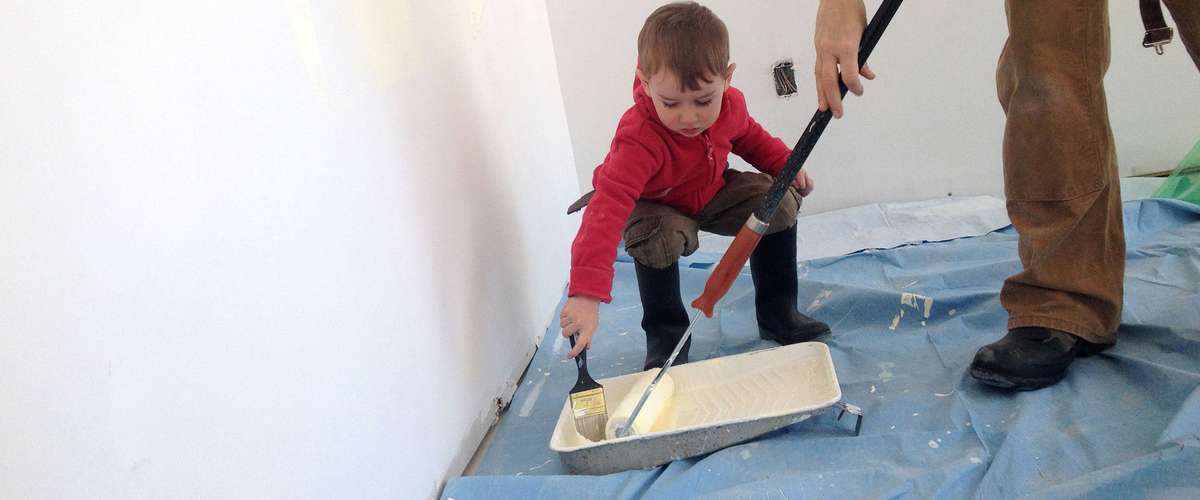






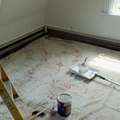






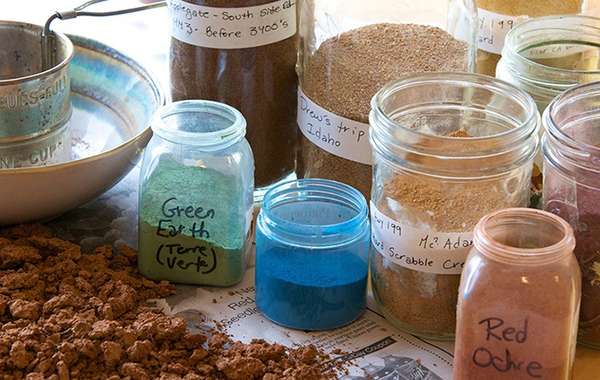
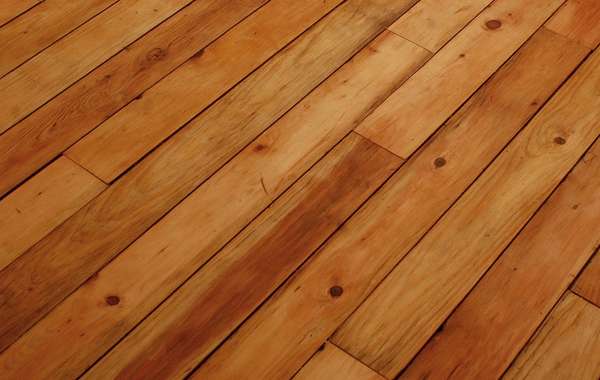
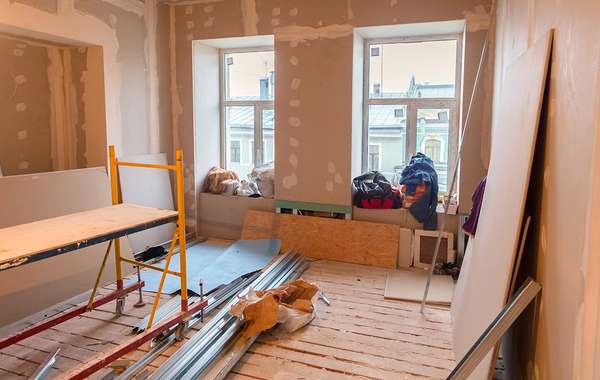
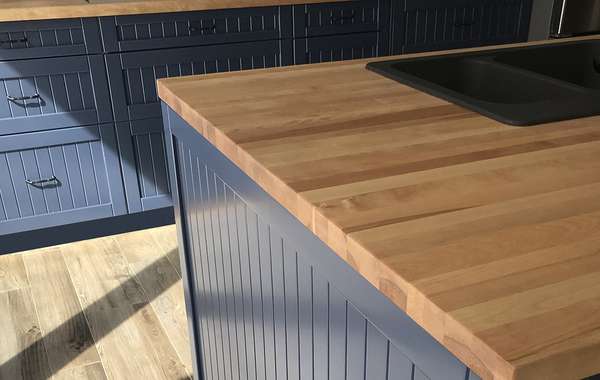
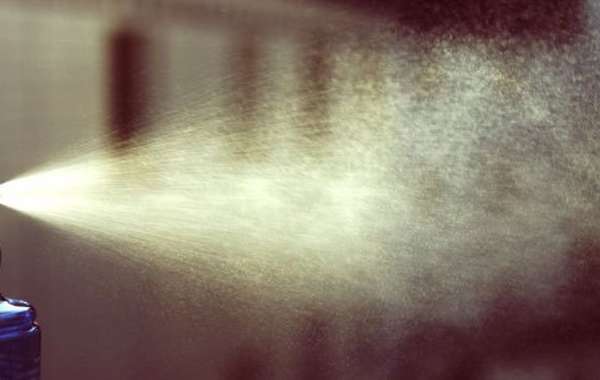
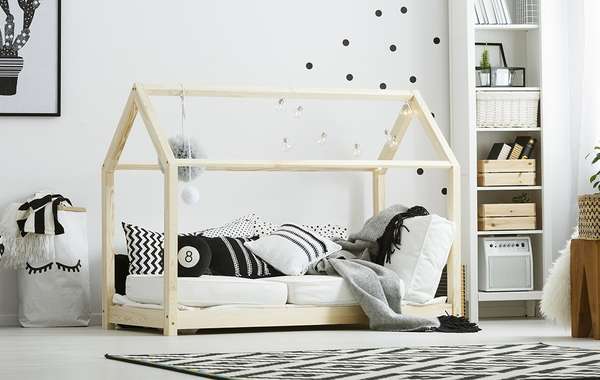
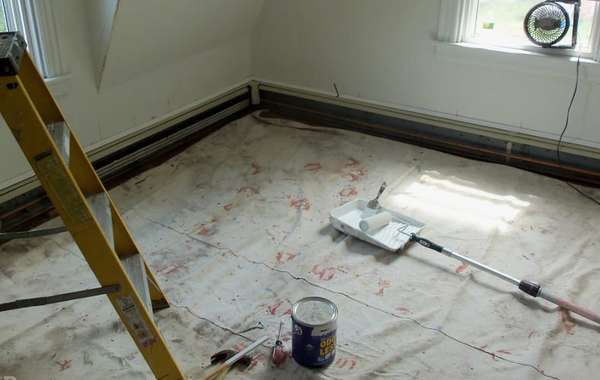
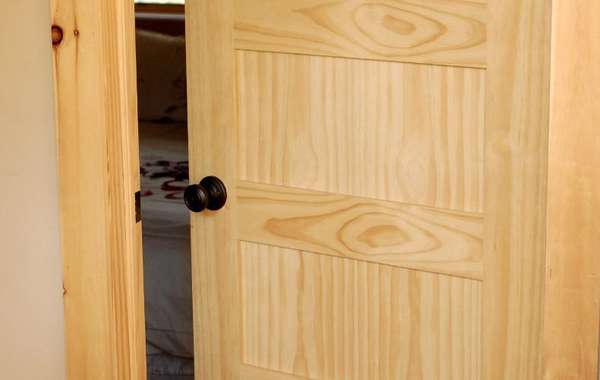
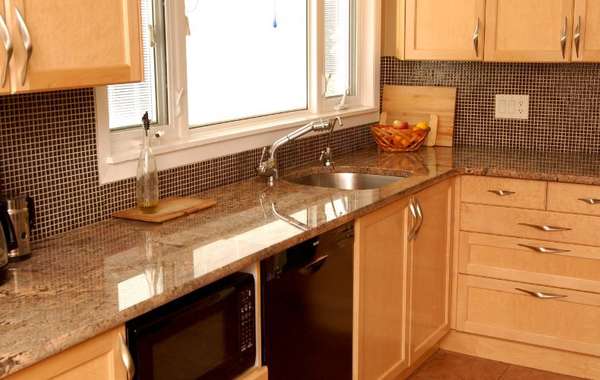
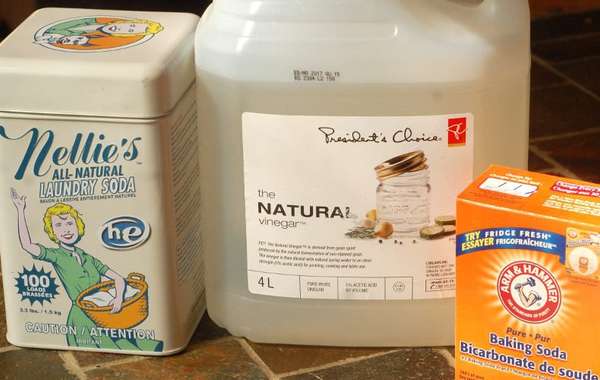

HI there,
I want to do some renovations to my living room, which includes re-painting the walls with VOC free paint. I had originally used water based paint with antifungal mixed in. This was five years ago. I guess my question is, would water based paints offgas as long as lead based paints, and can I simply paint over the walls with the VOC free paint or do I have to remove it?
Thank you and great article.
Graziella
Hi Graziella,
The off-gassing will only last a few years. Vocs are either there or not there, painting over voc paint with zero voc paint wouldn't affect air quality, either the vocs are gone or they aren't gone, but you aren't adding anymore. As for lead, that's a bit different. it isn't that it is off gassing, but rather it is there in a relatively benign form, and can actually be sealed in. So it is our understanding that as long as you don't lick your walls, having lead deep below layers of paint is apparently harmless, it's when you start removing or scraping it that it becomes an health issue.
And unless you are chemically sensitive and are actually suffering adverse health issues due to your existing paint, the last thing I'd do would be try to remove it.
How can I remove regular paint from my walls and replace it with natural paint.
Thank You For Sharing Post.